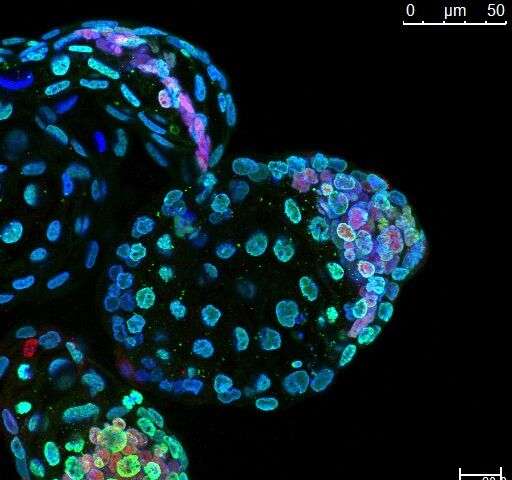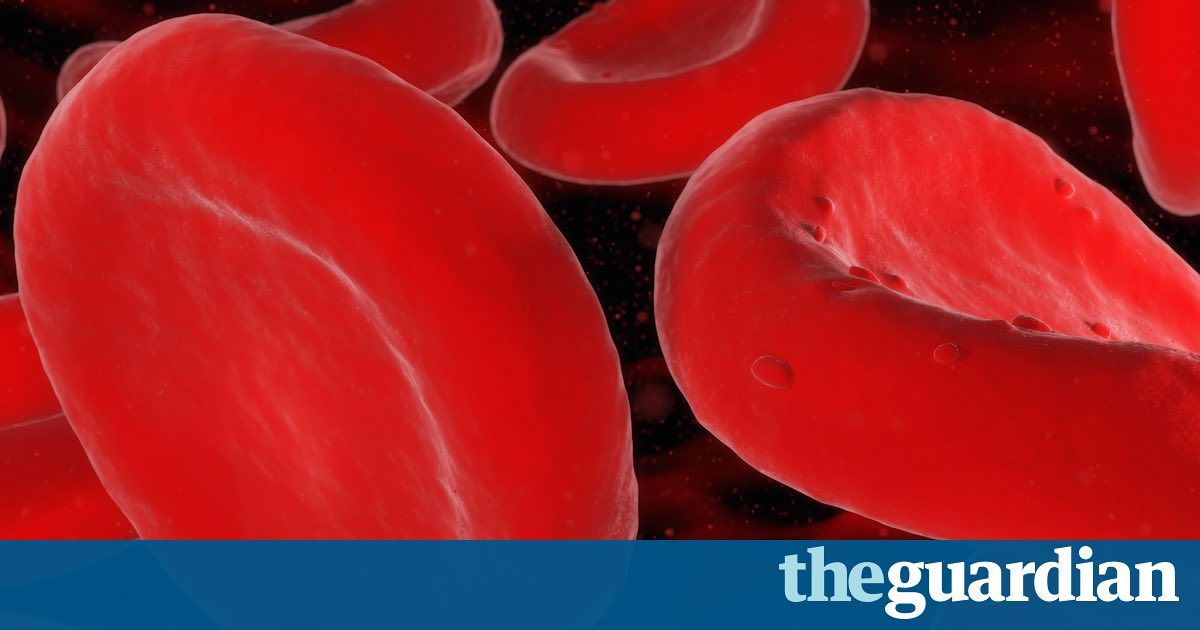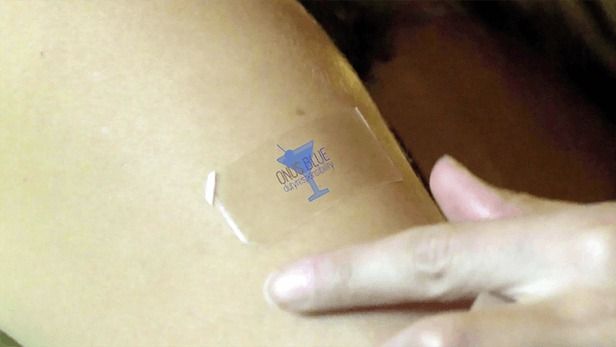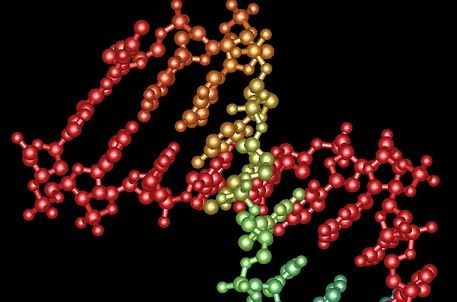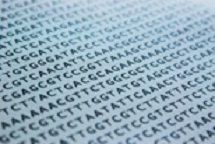We have slim chance, suggests the British physicist Stephen Wolfram, of distinguishing an extraterrestrial artifact from a natural celestial object.
Hitting the pause button on development in embryos has implications for understanding aging.
UC San Francisco researchers have found a way to pause the development of early mouse embryos for up to a month in the lab, a finding with potential implications for assisted reproduction, regenerative medicine, aging, and even cancer, the authors say.
The new study—published online November 23, 2016 in Nature —involved experiments with pre-implantation mouse embryos, called blastocysts. The researchers found that drugs that inhibit the activity a master regulator of cell growth called mTOR can put these early embryos into a stable and reversible state of suspended animation.
“Normally, blastocysts only last a day or two, max, in the lab. But blastocysts treated with mTOR inhibitors could survive up to 4 weeks,” said the study’s lead author, Aydan Bulut-Karslioglu, PhD, a post-doctoral researcher in the lab of senior author Miguel Ramalho-Santos, PhD, who is an associate professor of obstetrics/gynecology and reproductive sciences at UCSF.
Progress towards making a blood scrubber to calibrate the pro aging factors in blood. Irina Conboy has spent the last 20 years working on parabiosis and signalling factors in blood and this is yet another step forward for their research.
Whilst many are seeking the secret sauce in young blood the data suggests it is much more likely the case that old blood contains too many pro-aging factors eg, TGF-beta, TNF-a, IL-6, CD38 etc… The aim is now to filter old blood and calibrate such factors in order to promote a pro-youthful signalling environment. If only this device was small enough to wear or implant.
In what could be a fresh chapter in the never-ending story of the search for eternal youth, scientists are to tinker with people’s blood in the hope of slowing down the ageing process and preventing age-related diseases.
Researchers in California plan to launch a clinical trial of the radical – and highly experimental – approach in the next six months, after a small study in mice found the treatment had promise.
The ONUSblue alcohol detection patch tells you when you’ve reached the legal threshold and has the potential to save millions of lives. The company’s product roadmap is even more interesting with the detection of marijuana, methamphetime and a range of illegal recreational substances to follow.
“The day science begins to study non-physical phenomena, it will make more progress in one decade than in all the previous centuries of its existence.” – Nikola Tesla.
If you google “parapsychology,” the first thing that will probably pop up is a Wikipedia entry loosely (and, in my opinion, rather offensively) defining it as a “pseudoscience.”
This is unfortunate, because it distracts the reader from realizing that psychical research, also known as ‘psi’ (or parapsychology), is practiced by various scientists and reputable institutions all over the world.
“I feel the need — the need for speed.”
The tagline from the 1980s movie Top Gun could be seen as the mantra for the high-performance computing system world these days. The next milestone in the endless race to build faster and faster machines has become embodied in standing up the first exascale supercomputer.
Exascale might sound like an alternative universe in a science fiction movie, and judging by all the hype, one could be forgiven for thinking that an exascale supercomputer might be capable of opening up wormholes in the multiverse (if you subscribe to that particular cosmological theory). In reality, exascale computing is at once more prosaic — a really, really fast computer — and packs the potential to change how we simulate, model and predict life, the universe and pretty much everything.
WASHINGTON – Scientists believe genetic engineering experiments have the potential to wipe out malaria and other illnesses that kill millions of people every year.
But they also acknowledge they could have unintended consequences that could be catastrophic.
So, over the next four years, the Pentagon’s Defense Advanced Research Projects Agency, dubbed DARPA, plans to develop a cleanup crew for engineered genes deemed harmful to the eco-system.
SynBio is gearing up
Posted in bioengineering, biotech/medical, economics, internet
We’re only starting in this space.
Synthetic Biology (SynBio) includes a large field of applications. Within this area biochemists combine engineering concepts and techniques with biology to design new genes that produce a specific protein. When this protein is an enzyme, bacteria and yeast in which such a gene is implanted can produce specific chemicals through a fermentation process. A large and growing number of businesses is active in this field. This became apparent once again at the EFIB-conference in Glasgow, last October. The workshop was chaired by John Cumbers, founder of the American SynBioBeta, an internet-site dedicated to sharing information and news on synthetic biology.


